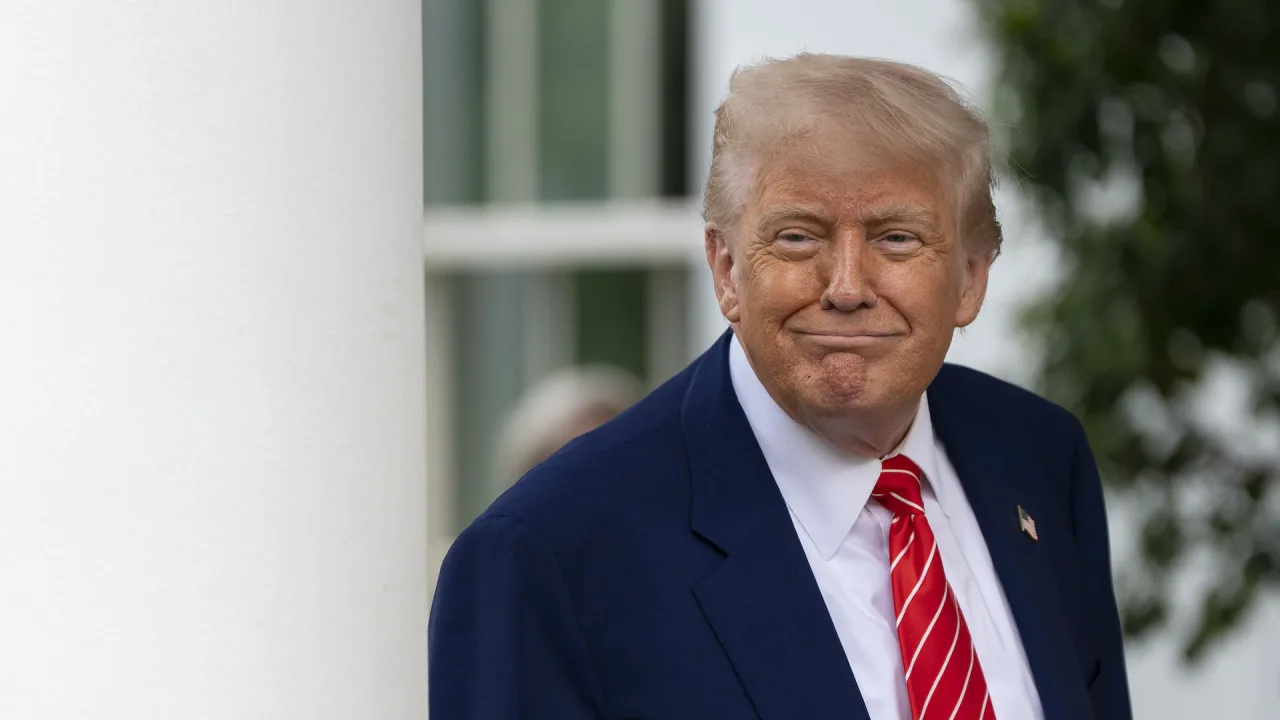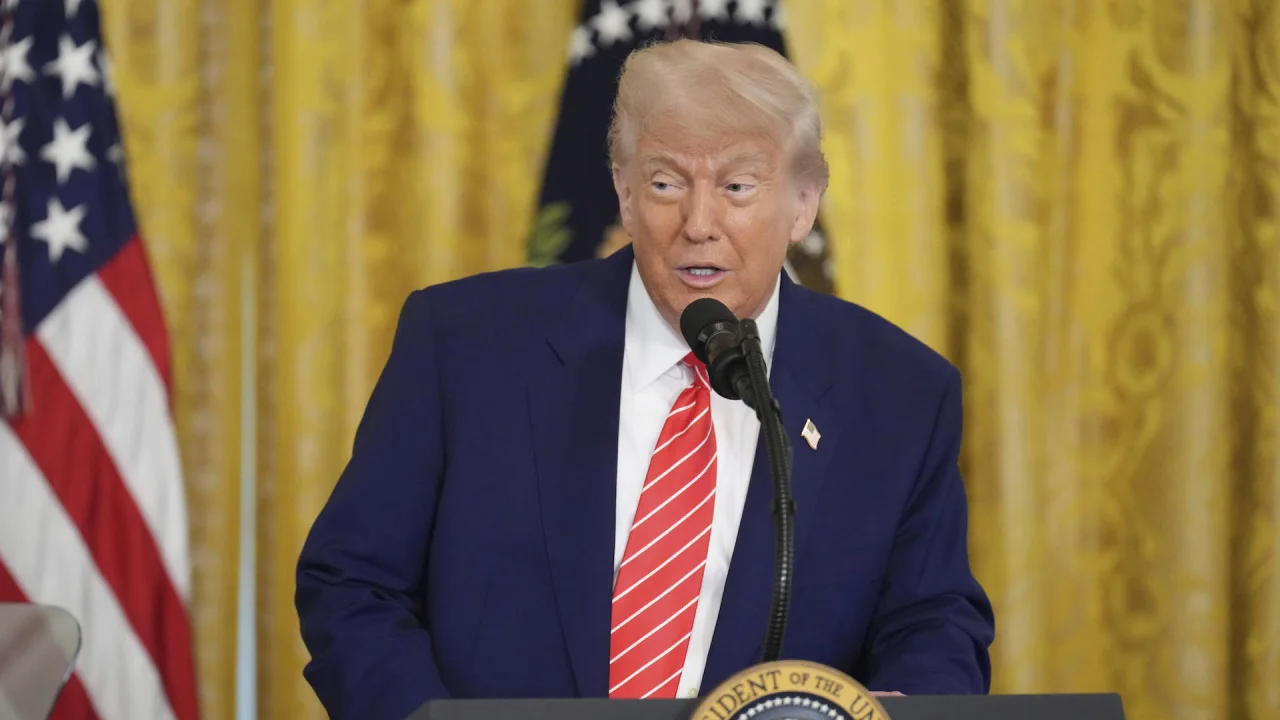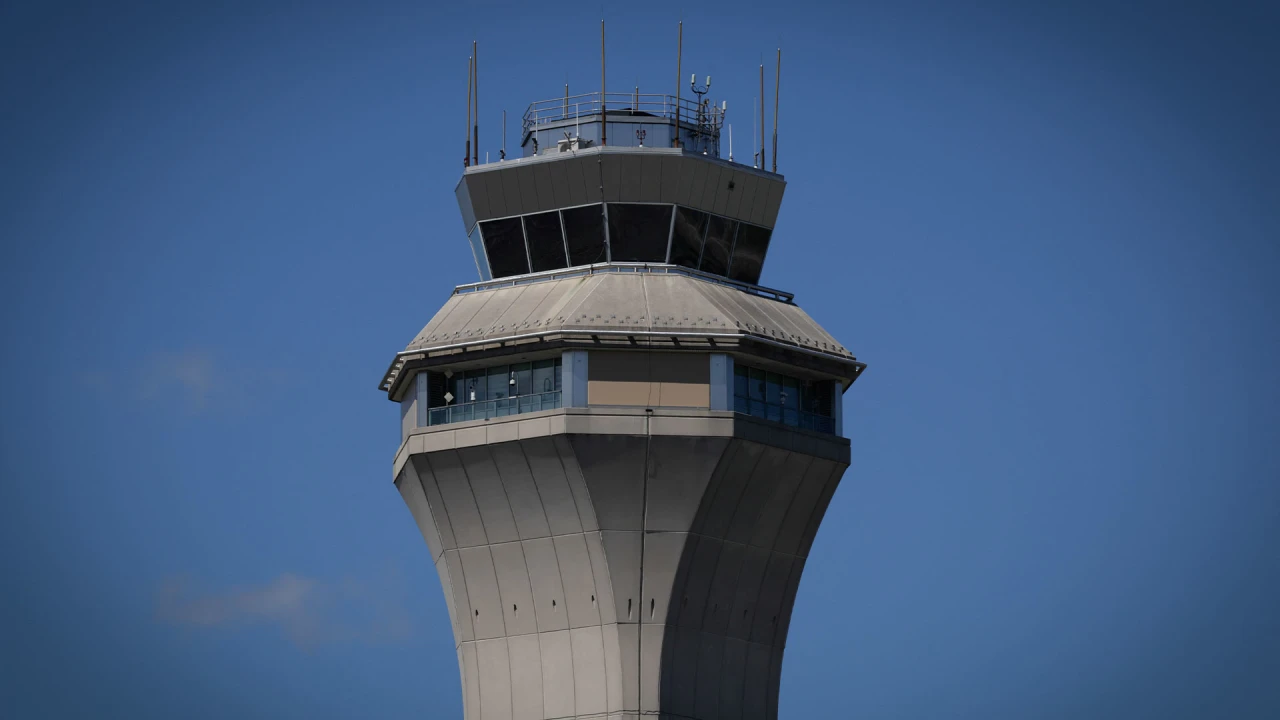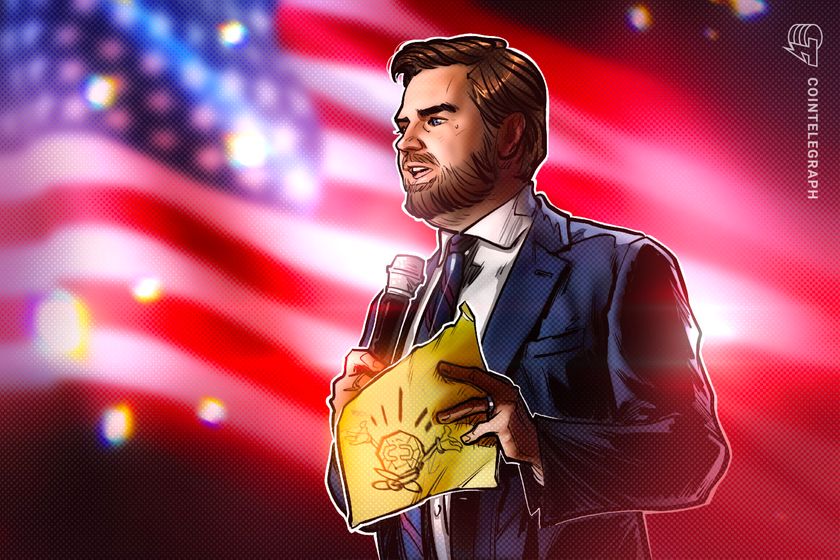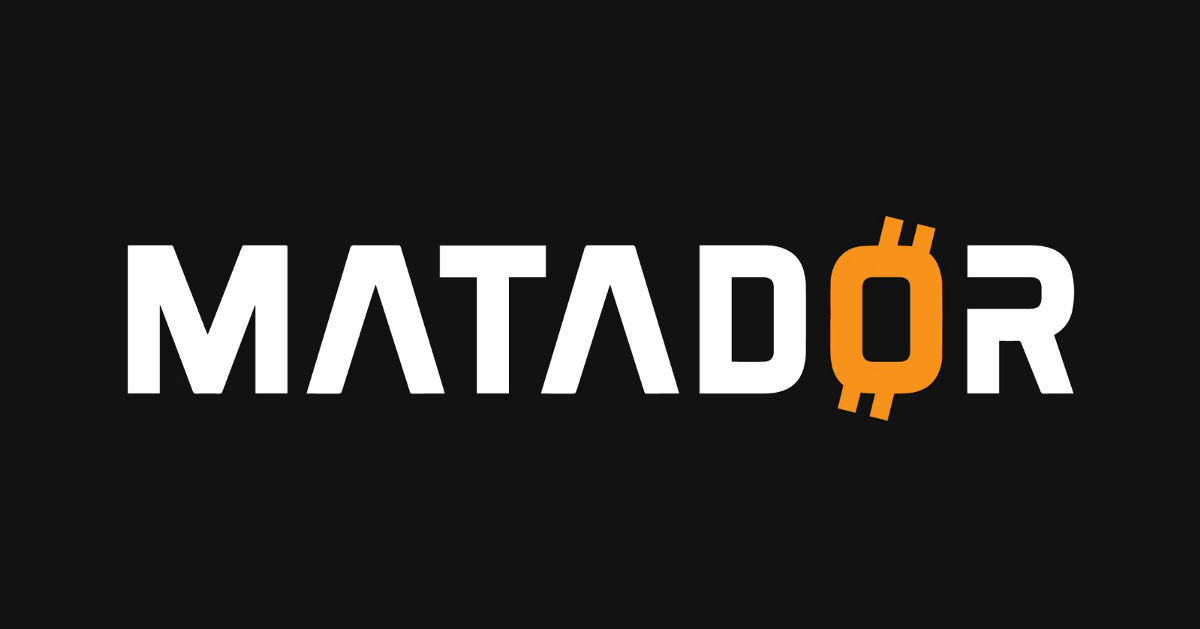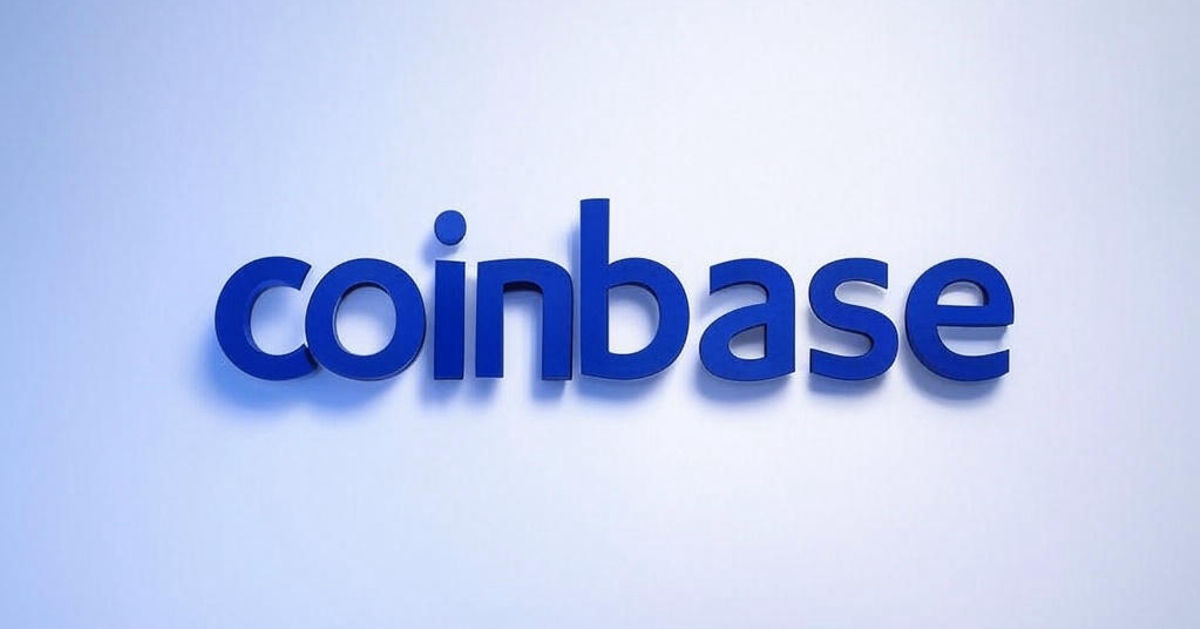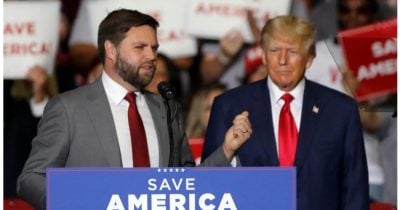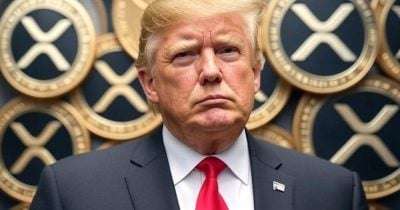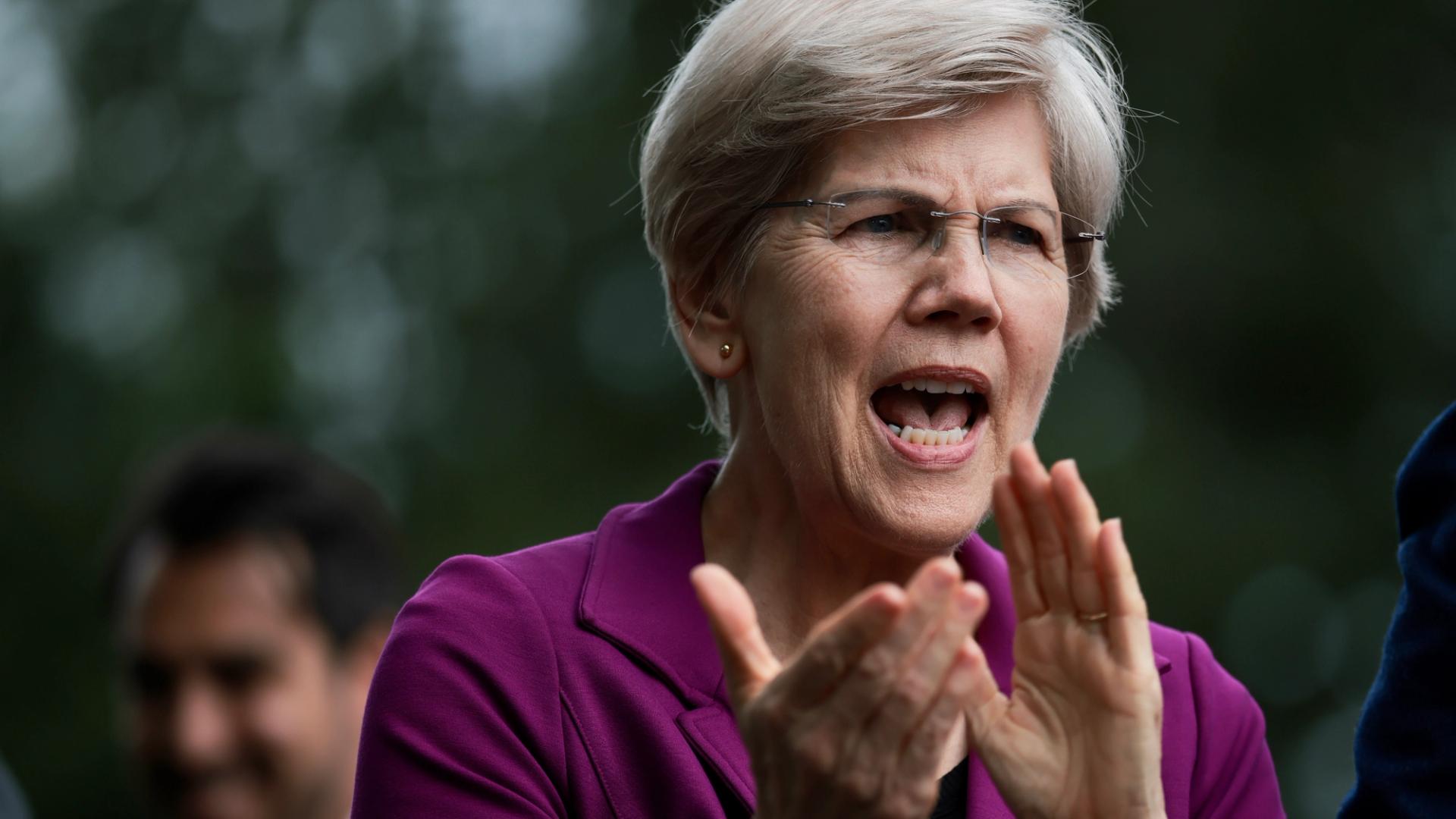Goodyear sees itself in prime position to capitalize on Trump auto tariffs: ‘We have a lot of opportunity in front of us’
Execs claim its U.S. tariff exposure equates to about one quarter of the average for the industry, a significant advantage for its business going forward.

- The largest U.S. manufacturer of tires for car companies and the consumer replacement market believes its heavy North American footprint makes it ideally placed to outcompete its foreign peers like Michelin, Bridgestone and Continental. "Goodyear’s U.S. tariff exposure equates to about one quarter of the average for the industry," its finance chief told investors.
Goodyear Tire and Rubber, the largest tire supplier in the United States, believes its strong North American production footprint will help it outperform its three main competitors.
The company is benefiting from a broad portfolio of tires, including those for luxury cars, electric vehicles, and light trucks supplied to carmakers, as well as a growing exposure to the consumer market for replacement tires in the more profitable 18-inch and larger segments.
Finally, the company realized $200 million in savings, the most in any reporting period since it began its Goodyear Forward restructuring program six quarters prior at the behest of activist money manager Elliott Investment.
“Looking ahead, it’s nearly certain that we will continue to see some volatility in our markets related to U.S. trade policy,” chief executive Mark Stewart told investors during the first quarter earnings call.
“For Goodyear, as the largest U.S. manufacturer already delivering on a turnaround through a major transformation program, it’s also clear that we have a lot of opportunity in front of us.”
Stewart’s tire maker competes predominantly with Michelin of France, Japan’s Bridgestone and Continental of Germany. Smaller rivals include Pirelli, Yokohama, Nokian and Sumitomo.
The total U.S. passenger car tire market—including both volumes sold to carmakers and the consumer replacement market—amounts to 300 million tires, of which just over half are estimated to be sourced from countries outside North America.
By comparison, Goodyear supplies about 60 million tires annually to the U.S. market, with only 12% of that exposed to Trump’s new Section 232 automotive sector tariffs. Management argues that its factories in Canada and Mexico are fully compliant with the USMCA free trade area.
“In effect this means that Goodyear’s U.S. tariff exposure equates to about one quarter of the average for the industry. This is no doubt a significant advantage for our U.S. business going forward,” Christina Zamarro, finance chief said during the call.
Two out of three asset sales finalized with only synthetic rubber ops left
Despite declining revenue and operating profit, Q1 swung from a loss to a $115 million net profit.
This included a $260 million windfall profit from the sale of its business supplying off-the-road (OTR) tires for construction, mining and other heavy-duty vehicles.
More one-off gains could potentially lift results in the current second quarter and beyond.
Just this week, Goodyear finalized the divestment of its Dunlop brand to Sumitomo Rubber on Wednesday for a $526 million purchase price as well as further compensation to cover miscellaneous costs.
Across both transactions, Goodyear collected gross cash proceeds of $1.6 billion.
Finally, Zamarro said Goodyear’s Chemical business, which generates roughly $1 billion in annual revenue from the sale of synthesized rubber, remains under strategic review.
“We are engaged with multiple interested parties on this potential transaction,” she said, reaffirming she expected at least another $360 million in gross proceeds at minimum for Chemical.
This story was originally featured on Fortune.com







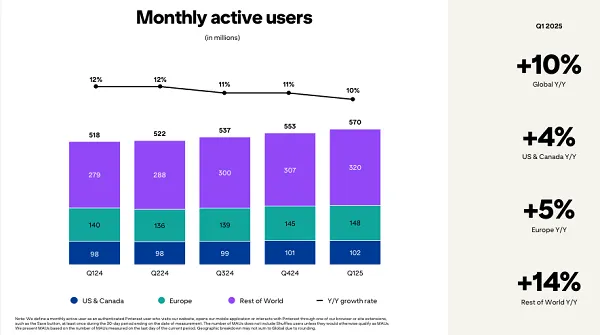

















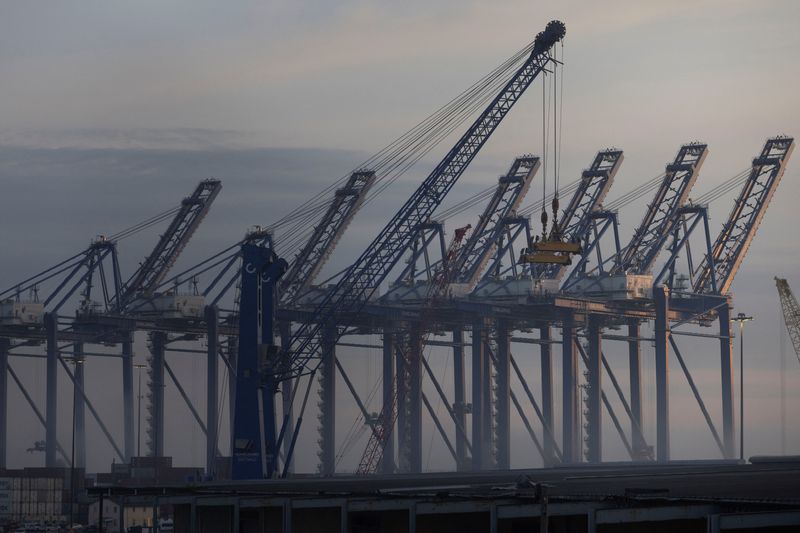





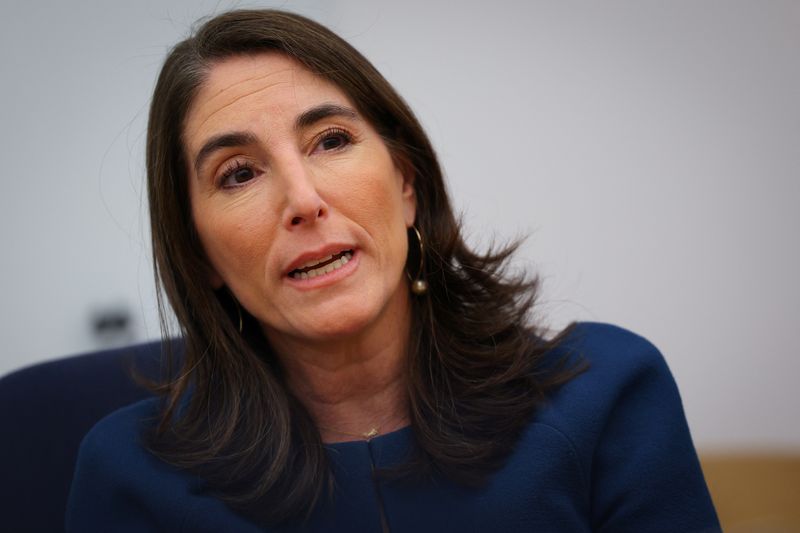







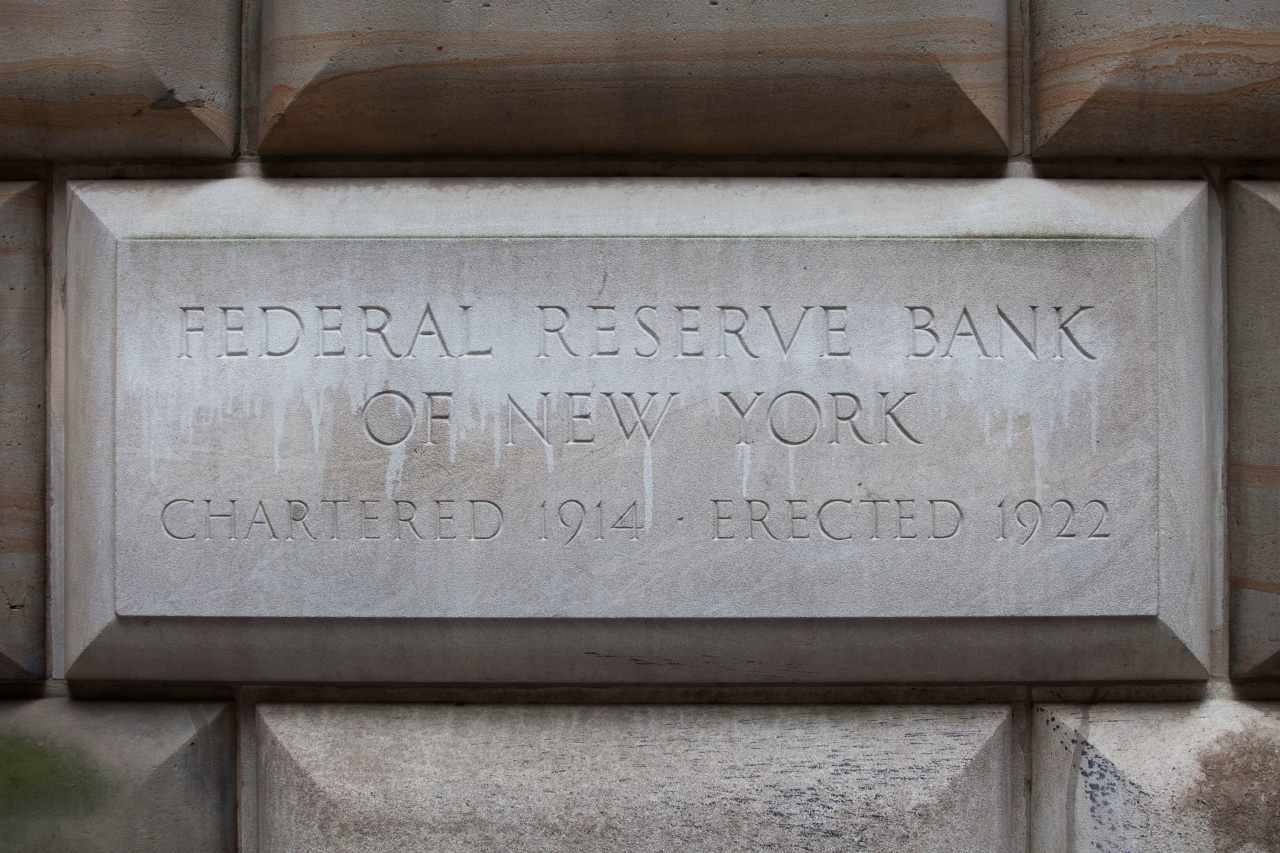
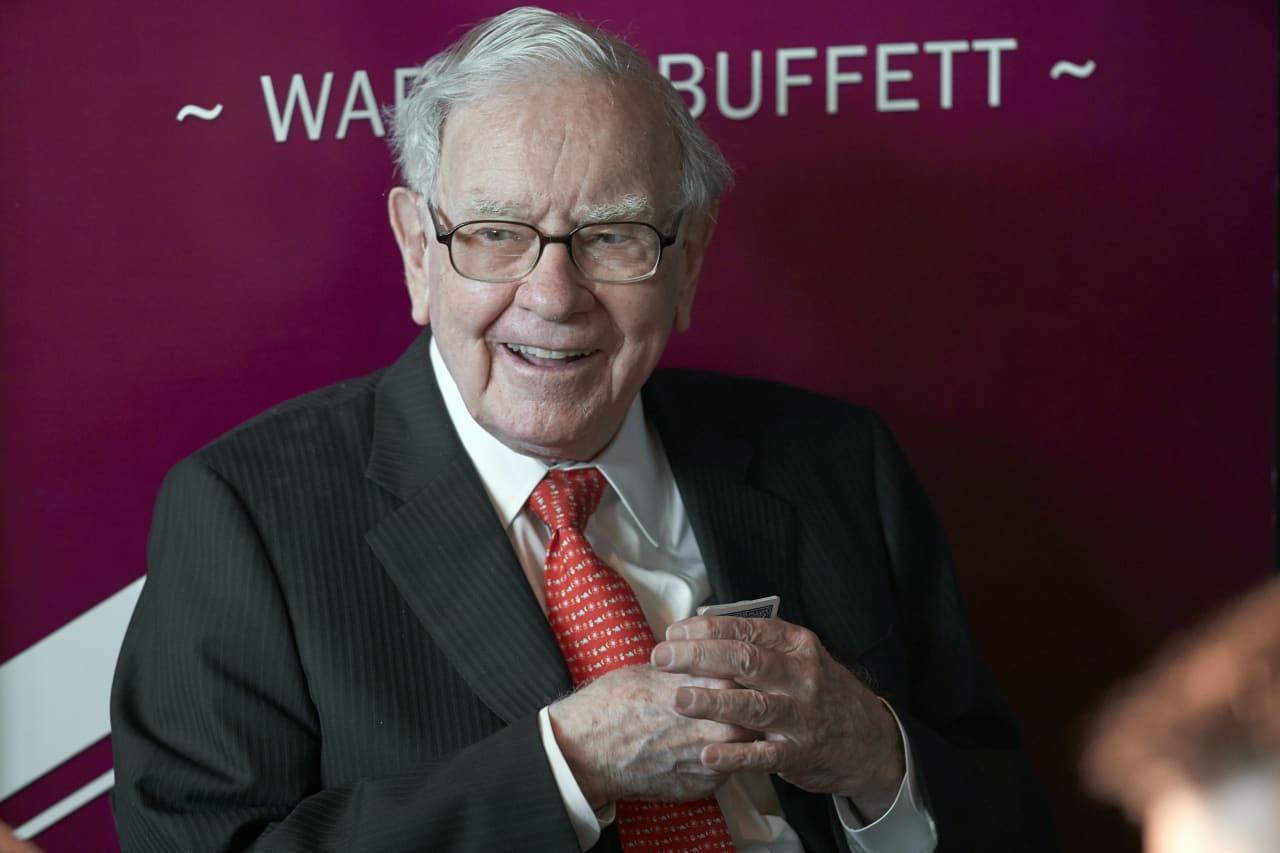


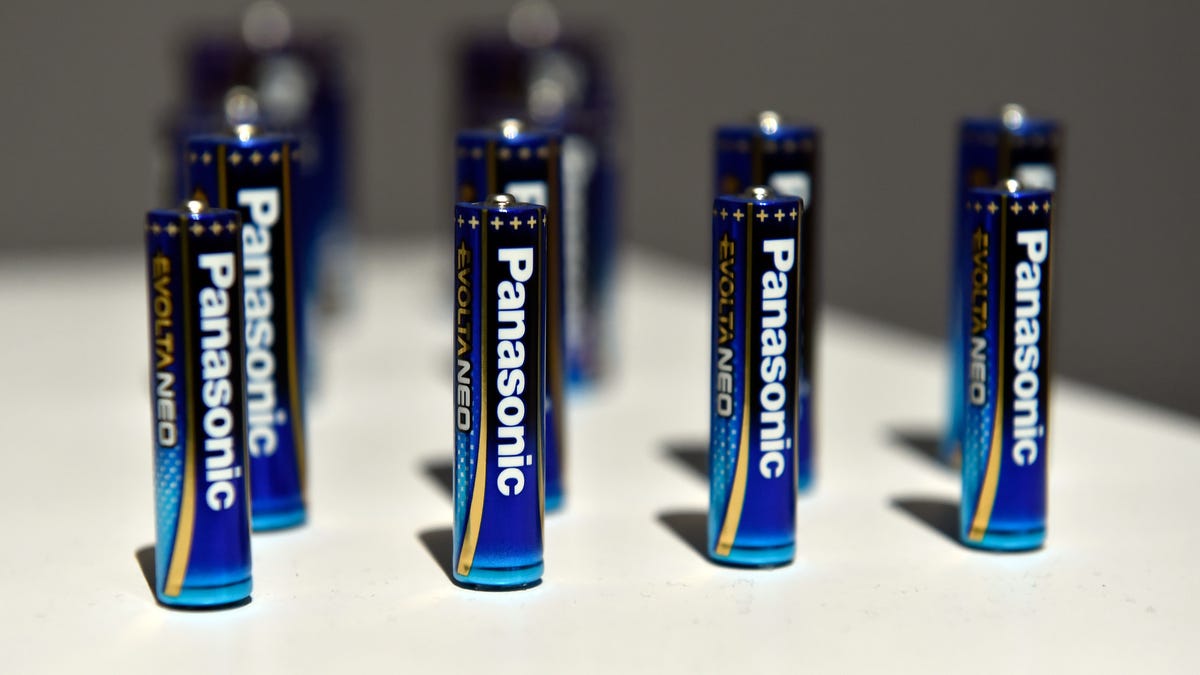
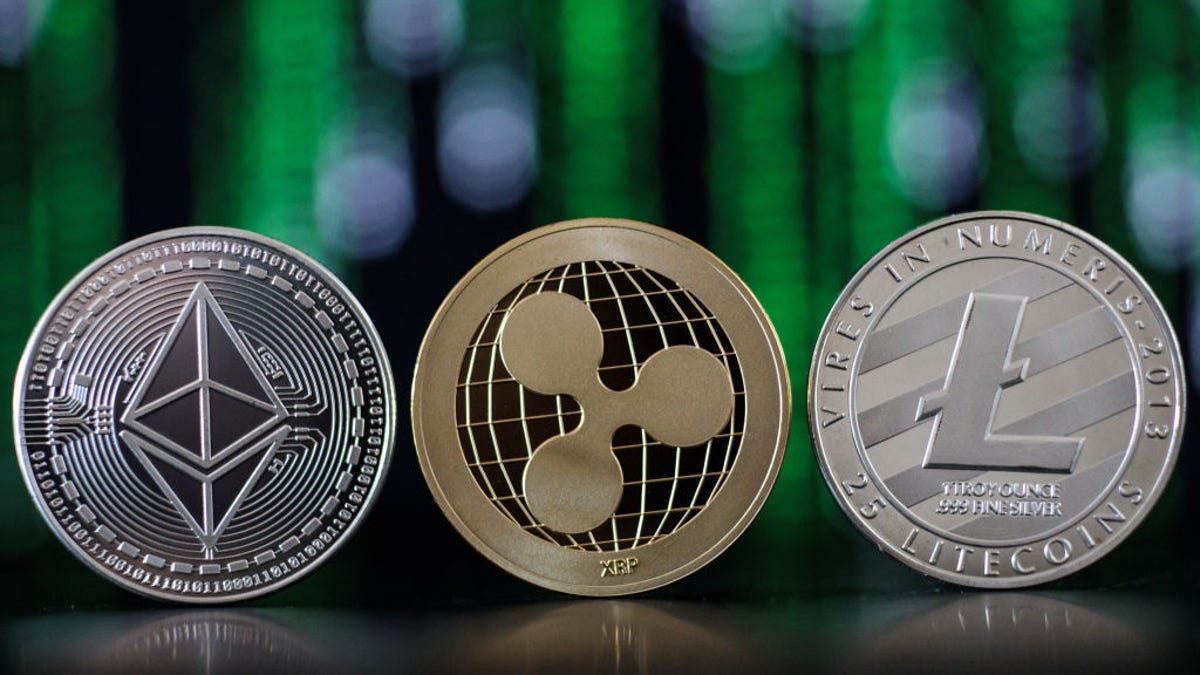









![[Weekly funding roundup May 3-9] VC inflow into Indian startups touches new high](https://images.yourstory.com/cs/2/220356402d6d11e9aa979329348d4c3e/WeeklyFundingRoundupNewLogo1-1739546168054.jpg)




